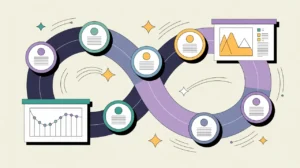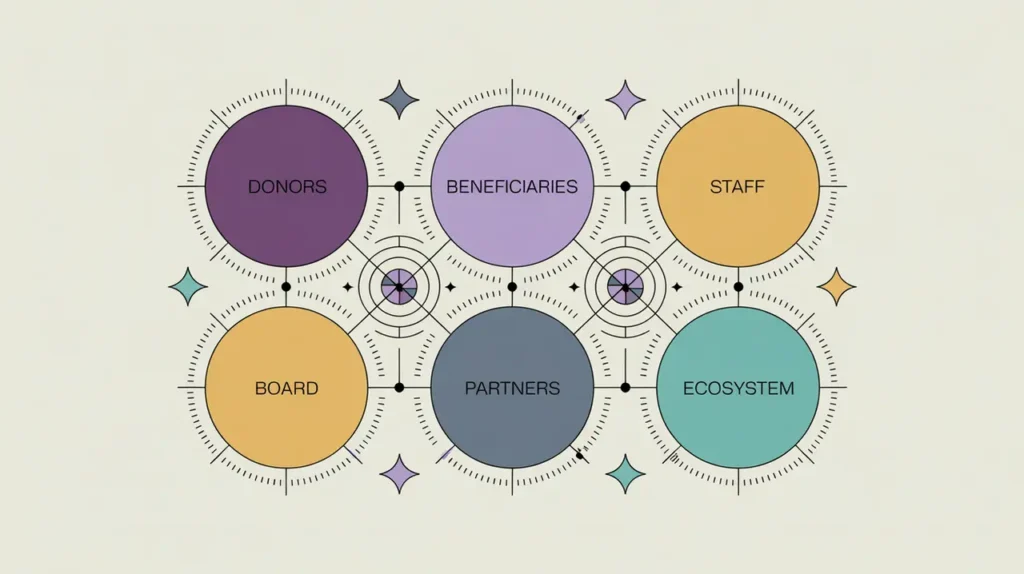What Does Strategic Planning Involve?
Strategic planning helps nonprofits define priorities, allocate resources, and align programs with long-term goals. It is the structured process of deciding where the organization is going, how it will get there, and how progress will be measured. Strategic planning provides direction, strengthens accountability, and helps organizations adapt in complex and changing environments.
In practice, strategic planning includes analyzing context and trends, gathering stakeholder input, reviewing organizational strengths and gaps, and setting goals with clear timelines and measures. It often involves retreats or workshops where boards, staff, and partners shape a shared vision. The final product is not just a plan but a framework for ongoing decision-making and resource alignment.
When nonprofits neglect strategic planning, they risk drifting, duplicating efforts, or failing to adapt to emerging challenges. Effective strategic planning creates focus, motivates stakeholders, and ensures that resources are deployed where they have the most impact.
What Competencies Are Associated with This Role?
Strategic planning requires analysis, facilitation, and foresight. Competencies include:
- Conducting environmental scans and SWOT analyses
- Facilitating planning workshops and retreats
- Engaging boards, staff, and stakeholders in setting direction
- Defining clear goals, objectives, and performance indicators
- Prioritizing and sequencing strategic initiatives
- Allocating resources to align with goals
- Developing implementation roadmaps and timelines
- Monitoring progress and adjusting strategies as needed
- Communicating plans clearly to staff and partners
- Ensuring strategy connects vision with daily operations
How Might AI and Automation Help This Role?
AI and automation can accelerate insight and tracking. Opportunities include:
- AI-driven trend and scenario analysis
- Generative AI to draft strategic documents and presentations
- Predictive analytics to assess resource allocation and risks
- Automated dashboards to monitor progress on indicators
- AI-assisted stakeholder surveys and synthesis
- Tools to test “what if” models for strategic choices
- Automated reminders for milestones and reviews
- Sentiment analysis to understand stakeholder feedback on priorities
What Are the Roles by Experience Level?
Strategic planning is usually managed by senior staff but supported across levels:
- Entry: Strategy Assistant, Planning Clerk – support data collection, prepare materials, track inputs
- Mid: Strategy Officer, Planning Specialist – conduct analyses, draft plans, coordinate workshops
- Senior: Strategy Manager, Planning Lead – oversee process, facilitate alignment, liaise with leadership and board
- Executive: Director of Strategy, Chief Strategy Officer – set planning frameworks, ensure integration across the organization, guide long-term priorities
How Transferable Are the Skills from This Role?
Strategic planning skills are highly transferable across nonprofit, corporate, and public sectors. Within nonprofits, they support career progression into executive leadership, program design, or operations. Beyond nonprofits, they align with roles in consulting, public policy, and corporate strategy. The ability to analyze, prioritize, and chart a course is a universal leadership skill.







